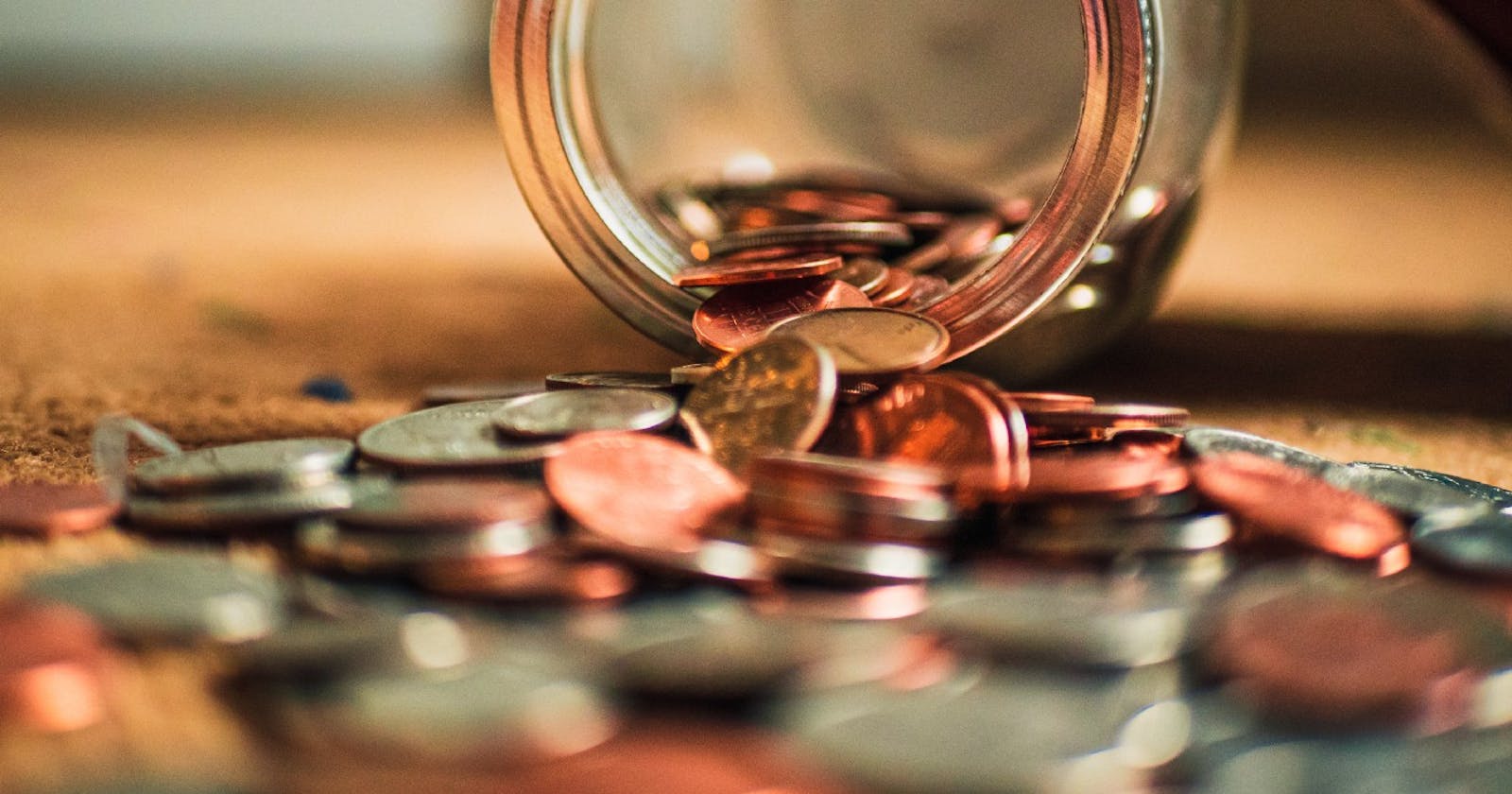What is Money?
Money according to me, is one of the greatest financial inventions of the world. It enables economic velocity in any country which helps in prosperity, growth of industries and sectors, and financial well-being of its citizens.
According to Wikipedia
Money is any item or verifiable record that is generally accepted as payment for goods and services and repayment of debts, such as taxes, in a particular country or socio-economic context.
The concept of money in its raw form is to eliminate the problems of the barter system (in which you offer some of your goods or services in exchange for others goods and services) which are:
- Subdivision of goods: What you want may not in equal in value as compared to yours. And breaking into smaller units might not be practically possible. For eg: you want to sell a pair of shoes in exchange for food. But you can’t break a pair of shoes to get food.
- The coincidence of Wants: What you want right now must be offered by someone else in exchange for what you are selling. For eg: you want to sell a pair of shoes in exchange for apples then someone should be selling apples and want a pair of shoes.
- The coincidence of timing: What you want to sell may be perishable but what you want to buy is more durable. For eg: if you are selling fruits and want to buy a house in exchange for it. Collecting a considerable amount of fruits in exchange for a house is not possible.
- Store of value: What if you don’t want anything at present moment in exchange but want to sell your perishable good. Store of value is one of the most important concepts to fulfill future needs.
- Non-standard unit of account: There is no way to calculate how much value each good gets in standard form. For eg. how many apples do I need in exchange for a pair of shoes or how many oranges do I need in exchange for a pair of shoes. Exchange of pair of goods become more complex with more items in sell.
Function of money
Money has known for its primarily 3 functions
- Medium of exchange: The main and most important function of money is that it can be used in the exchange of goods and services. As a widely accepted form of payment, it serves as a medium of exchange that allows those who use it to get what they need easily.
- Store of value: Money retains its worth over time. It should be able to be saved, stored, and retrieved while still being viable as a reliable medium of exchange.
- Unit of account: Money acts as a common standard for measuring the value of goods and services. It’s consistent and allows us to easily compare the worth.
Types of Money
- Commodity money: A form of money that gets its value from a commodity from which it is traded. This form of money has an intrinsic value as the commodity itself has value. For eg. Gold, Silver, or any other metal coins.
- Representative money: A form of money that gets its value by representing something valuable like a claim to gold or any commodity. It is generally a receipt of the commodity which is currently on hold by some trusted custodian and that receipt can be used to redeem the commodity in the future.
- Fiat money: A form of money which don’t have any commodity backing but is issued by the government as a legal tender. For eg. US dollar
- Digital or Electronic: A form of money that is stored, managed, and exchanged on a digital computer system, especially on the Internet. For eg. Cryptocurrency, Central bank digital currency
Properties of money
Commodity, Representative, Fiat, and Digital money all share these 7 characteristics of money:
- Fungibility: It is fungible if it is interchangeable with other units of money. Ex. Every dollar bill has the same worth as another dollar bill despite any tears or stains.
- Divisibility: Able to be divided. Ex: A dollar bill can be divided into 4 quarters of equal worth.
- Durability: It must be able to withstand the wear and tear from going hand to hand.
- Portability: It should be able to easily be carried and transported around.
- Cognizability: Its value must be easily identified. Ex: A dollar bill is marked with a “1”, and the ten-dollar bill has a “10”. You can easily see and compare their worth.
- Stability of value: The value should remain constant over a long period.
- Limited Supply: Money must be relatively scarce and not easy to come by. The amount of money is regulated by the government so it can maintain its value. Ex: In apocalyptic TV shows, food becomes a form of money due to its scarcity.
